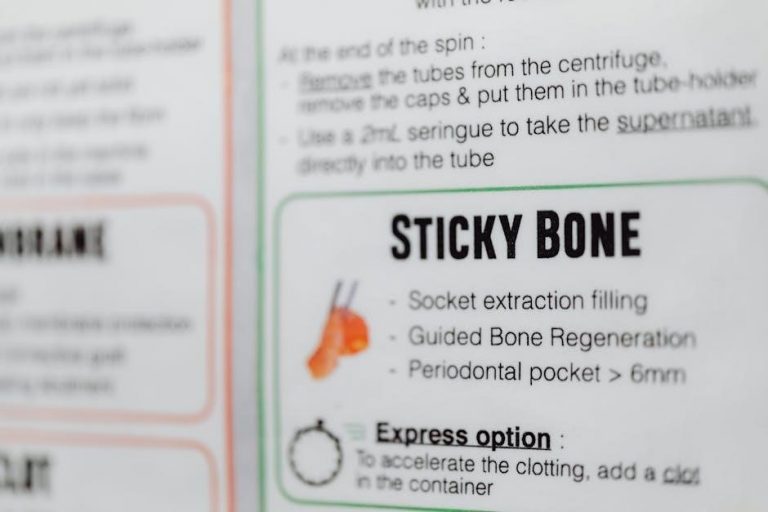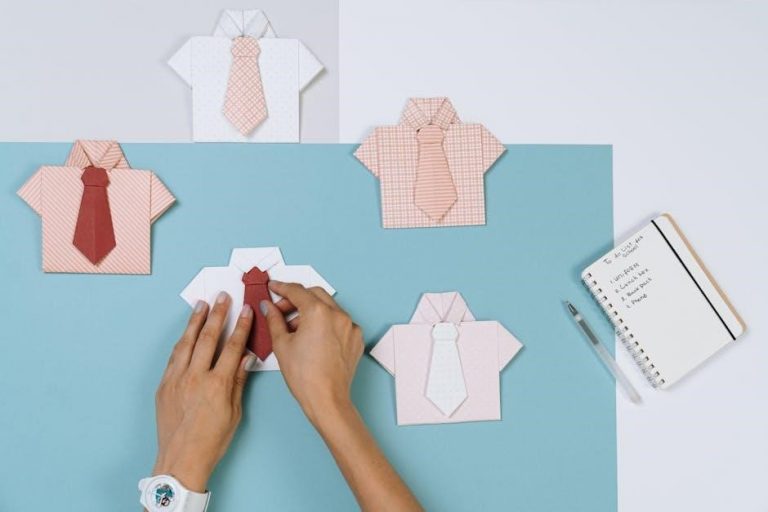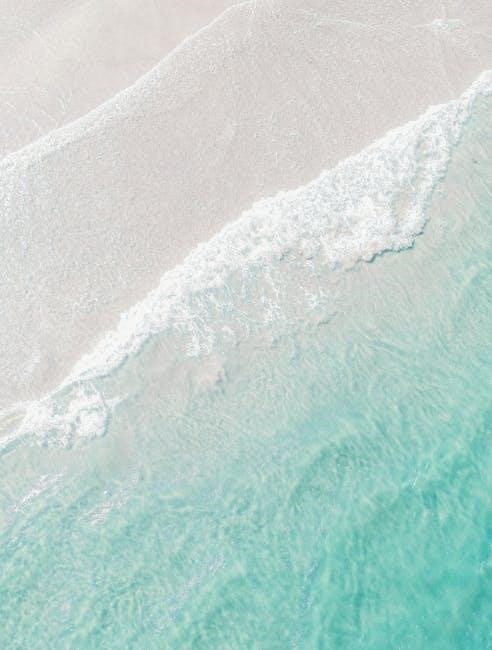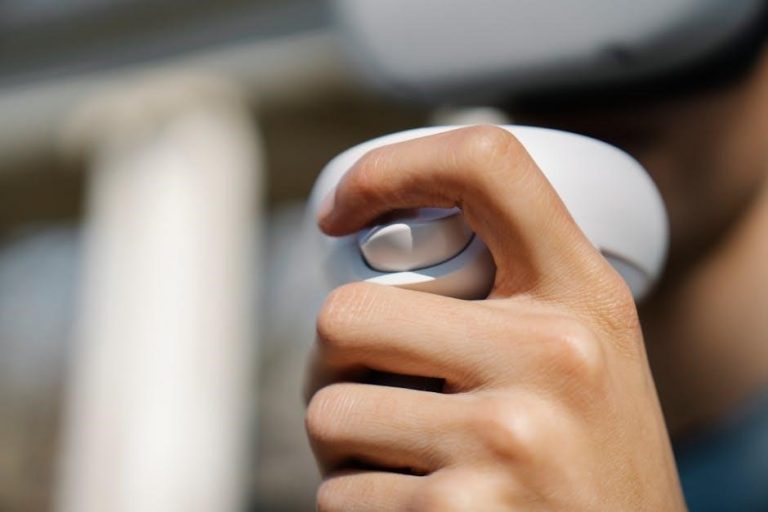
3G Jet Opaque Heat Transfer Paper is a high-quality material designed for transferring vibrant designs onto fabrics. It is durable, versatile, and ideal for crafting custom apparel and accessories, offering excellent opacity and color retention.
1.1 Overview of Heat Transfer Paper Technology
Heat transfer paper technology enables transferring designs onto fabrics using heat and pressure. It involves printing designs on specialty paper, which is then applied to materials like fabric. The paper’s coating releases the design when heated, creating durable, vibrant images. This method is widely used for custom apparel, offering excellent opacity and color retention. It’s ideal for dark fabrics and ensures long-lasting results with proper care, making it a popular choice for crafting and personalized items.
1.2 Key Features of 3G Jet Opaque Paper
3G Jet Opaque Paper is renowned for its exceptional opacity, ensuring vibrant designs on dark fabrics. It offers durability, resisting cracks and fading, and is compatible with various fabrics, including cotton, polyester, and blends. The paper is easy to use, requiring minimal equipment, and produces professional-grade results. Its eco-friendly coating ensures safe heat transfer, making it ideal for custom apparel and crafting projects. It is also versatile, suitable for both home and commercial applications, ensuring long-lasting, high-quality finishes for designs.
Materials and Tools Required
Essential materials include 3G Jet Opaque Paper, fabric, and a heat press. Tools like a printer, cutting machine, and scissors are also necessary for the process.
2.1 List of Essential Materials
- 3G Jet Opaque Heat Transfer Paper for vibrant, opaque prints.
- Fabric of choice (cotton, polyester, or blends) for transferring designs.
- Inkjet printer with sublimation or pigment ink for printing designs.
- Heat press machine for applying heat and pressure to transfer images.
- Butcher paper or parchment for protecting the heat press and fabric.
- Measuring tape or ruler for accurate alignment and sizing.
- Scissors or a cutting mat for trimming excess paper.
2.2 Recommended Tools for the Process
Essential tools include a heat press with temperature control for precise heat application. A cutting machine or sharp scissors are needed for clean cuts. A ruler ensures accurate measurements, while parchment paper prevents damage to the heat press. Optional tools like a laser printer or sublimation printer enhance design quality. Safety gear such as heat-resistant gloves and a mask are also recommended.
Design Preparation

Design preparation involves creating mirror images using graphic design software and ensuring proper alignment for heat transfer. This step ensures designs print correctly and transfer seamlessly onto fabric.

3.1 Software for Design Creation
Popular software like Adobe Illustrator, CorelDRAW, and Canva are ideal for creating designs. These tools offer features like vector graphics, image editing, and text manipulation. Ensure the software supports mirroring, as this is crucial for heat transfer. For beginners, user-friendly options like GIMP or Inkscape are recommended. Always check that the software aligns with your printer requirements for optimal results.
3.2 Importance of Mirroring the Design
Mirroring the design is essential when using 3G Jet Opaque Heat Transfer Paper. This ensures the image appears correct when transferred to fabric. Failing to mirror can result in reversed text or graphics, ruining the final product; Most design software offers a mirror or flip option. Always double-check the mirrored preview before printing to avoid errors and achieve professional-looking results.

Printing the Design
Use an inkjet printer with high-quality settings for vibrant results. Ensure the mirror option is selected in printer settings to maintain design accuracy during transfer.
4.1 Printer Settings for Optimal Results
Set your inkjet printer to high-quality photo settings for vibrant colors. Ensure the mirror/flip option is selected in the printer driver to maintain design orientation. Print on the coated side of the paper. Choose the correct paper type, such as “plain” or “standard,” to avoid smudging. Adjust the color profile for optimal results and ensure proper alignment before printing. This ensures crisp, durable transfers onto fabric.
4.2 Choosing the Right Ink
For optimal results, use high-quality dye-based ink compatible with your inkjet printer. Pigment-based inks are not recommended as they may hinder the transfer process. Ensure the ink aligns with your printer model for consistent color output. Vibrant colors and durability depend on the ink’s quality. Always test the ink on a small area first to ensure compatibility and desired results. Proper ink selection enhances the transfer’s longevity and visual appeal on fabric.
Cutting the Design
Cutting the design is crucial after printing. Use sharp tools or a cutting machine to achieve precise edges, ensuring clean lines for a professional finish.
5.1 Manual Cutting Techniques
Manual cutting requires precision and care. Use sharp scissors or a craft knife to carefully trim the design along the edges. Place the paper on a stable surface, ensuring steady hands. Cut slowly, following the outline closely to avoid errors. For intricate details, a magnifying glass or small scissors can help. Always cut away from your body and use a cutting mat to protect your work surface. This method is ideal for small or complex designs.
5.2 Using a Cutting Machine
For precise cuts, use a cutting machine like Cricut or Silhouette. Load the 3G Jet Opaque Heat Transfer Paper into the machine, ensuring it is centered and smoothed out. Use a cutting mat to prevent shifting. Select the appropriate blade depth and settings for heat transfer paper. Send the design to the machine and let it cut. This method is ideal for intricate designs and saves time, ensuring clean, accurate edges for a professional finish.


Applying the Heat Transfer
Place the cut design on fabric, heat press at 300-350°F, apply firm pressure for 10-15 seconds, then peel the paper after cooling slightly for a vibrant finish.
6.1 Adjusting the Heat Press Temperature
Set the heat press temperature between 300°F to 350°F for optimal results. Preheat the press and ensure it reaches the desired temperature before applying the design. For delicate fabrics, use the lower end of the range, while thicker materials may require higher temperatures. Apply moderate pressure and press for 10-15 seconds. Allow the paper to cool slightly before peeling to ensure a smooth transfer. Always test on scrap fabric first to avoid mistakes.
6.2 Pressing the Design onto Fabric
Place the fabric on the heat press, ensuring it is flat and wrinkle-free. Position the 3G Jet Opaque Heat Transfer Paper with the design facing down onto the fabric. Apply firm, even pressure and press for 10-15 seconds. Use a heat-resistant pad to protect the fabric. After pressing, allow the paper to cool slightly before peeling it off. Ensure edges are fully adhered for a professional finish. For best results, consult the manufacturer’s guidelines for specific fabric types and thicknesses.
6.3 Peeling the Paper After Transfer
After pressing, allow the paper to cool slightly. Slowly peel it back, starting from one corner. Ensure the design adheres fully to the fabric. If any part lifts, re-press it. For best results, peel in one smooth motion. Avoid pulling too quickly or at an angle, as this may damage the design. If the paper sticks, let it cool further before attempting again. Proper peeling ensures a crisp, durable transfer.
Washing and Care Instructions
Wash garments inside out in cold water using mild detergent. Avoid bleach or harsh chemicals. Air dry or tumble dry on low heat. Iron inside out on low heat if needed. Proper care ensures the transfer’s durability and vibrant appearance over time, maintaining its quality and color integrity effectively.
7.1 First Wash Guidelines
After applying the heat transfer, wait at least 24 hours before washing. Turn the garment inside out and use cold water with a mild detergent. Avoid using bleach or fabric softeners, as they can degrade the transfer. Gently agitate the water by hand or use a delicate cycle. Do not wring or twist the fabric. Air drying is recommended to preserve the design’s vibrancy and prevent cracking. Following these steps ensures the transfer adheres properly and maintains its quality.
7.2 Long-Term Care Tips
To maintain the durability of the heat transfer, wash garments inside out in cold water using a mild detergent. Avoid bleach or fabric softeners, as they can weaken the adhesive. Iron inside out on a low setting without steam. Store garments in a cool, dry place away from direct sunlight. Avoid soaking or scrubbing the design, as this may cause peeling or cracking. Following these care tips ensures the transfer remains vibrant and intact for a longer period.
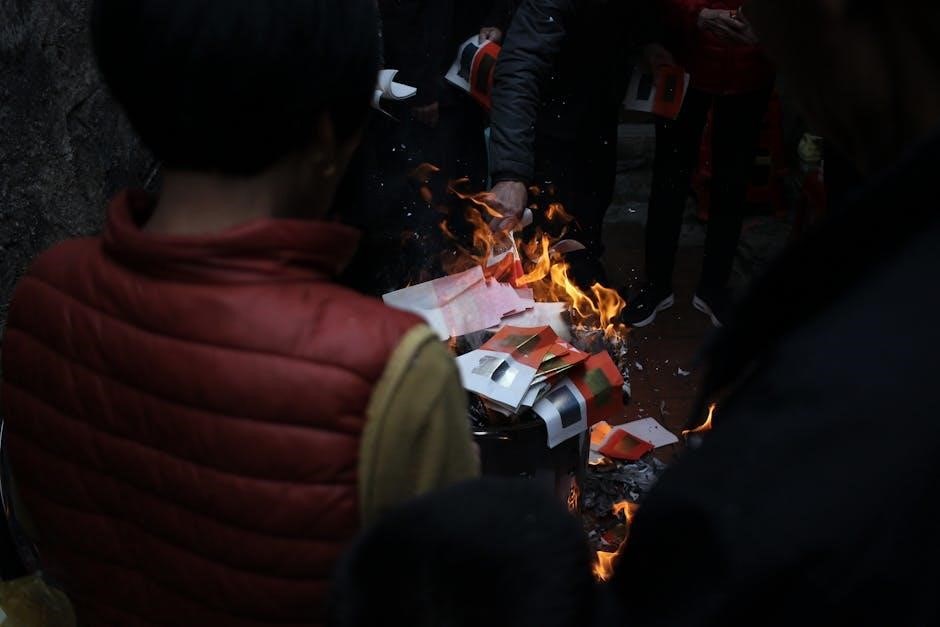
Safety Precautions
Handle 3G Jet Opaque Heat Transfer Paper with care to avoid burns. Use protective gloves and goggles. Ensure good ventilation and follow manufacturer temperature guidelines strictly.
8.1 Handling Heat Transfer Paper Safely
Always wear protective gloves and goggles when handling 3G Jet Opaque Heat Transfer Paper to prevent skin and eye irritation. Keep the paper away from children and pets. Avoid inhaling dust during cutting. Store in a cool, dry place, away from direct sunlight. Follow the manufacturer’s guidelines for temperature and pressure to ensure safe application. Proper ventilation is essential to avoid inhaling fumes during the heat transfer process. Never touch hot surfaces or sharp edges without protection.
8.2 Protective Gear Recommendations
Wear heat-resistant gloves to prevent burns during heat transfer. Use safety goggles to protect eyes from debris. A dust mask is essential when cutting the paper to avoid inhaling particles. Opt for long sleeves and closed-toe shoes to minimize skin exposure. These precautions ensure a safe working environment and protect against potential hazards associated with heat presses and sharp tools. Always prioritize safety to avoid accidents and achieve professional results with 3G Jet Opaque Heat Transfer Paper.

Troubleshooting Common Issues
Address issues like uneven transfers or ink smudging by adjusting heat press settings or re-calibrating your printer for optimal results with 3G Jet Opaque Paper.
9.1 Solving Printing Problems
Identify common printing issues such as ink smudging or misalignment. Adjust printer settings to ensure proper ink adhesion and alignment. Clean the print head regularly and use high-quality inks. Check for clogged nozzles and perform a test print before transferring. Ensure the paper is loaded correctly and free from dust or moisture. Refer to the printer’s manual for calibration instructions to achieve sharp, vibrant prints on 3G Jet Opaque Heat Transfer Paper.
9;2 Fixing Transfer Failures
Common transfer failures include incomplete adhesion or peeling. Check the heat press temperature and pressure settings, ensuring they align with 3G Jet Opaque Paper requirements. Verify proper placement and alignment of the design on fabric. Allow the transfer to cool slightly before peeling to prevent lifting. Ensure the fabric is compatible and free from moisture. If issues persist, consult the manufacturer’s guidelines for specific troubleshooting steps to achieve a flawless transfer.
Tips for Best Results
- Preheat fabric before transfer for better adhesion.
- Use recommended temperature and pressure settings.
- Ensure designs are mirrored for correct placement.
- Avoid multiple transfers on the same spot.
- Test on scrap fabric before final application.
10.1 Optimizing Design Quality
To ensure vibrant and durable transfers, use high-resolution images and bold colors. Avoid overly complex designs, as details may fade during transfer. Test designs on scrap fabric first to verify clarity and color accuracy. Simplify intricate patterns to prevent loss of detail. Adjust software settings to enhance contrast and saturation for optimal results. Always review designs before printing to ensure they meet your quality standards.
10.2 Avoiding Common Mistakes
Avoid using low-resolution images and ensure designs are mirrored before printing. Incorrect temperature settings can damage the paper or fabric. Never skip preheating the heat press. Using too little or too much pressure can cause uneven transfers. Avoid overloading the press with multiple designs at once. Always trim excess paper around the design to prevent edge marks. Ensure the fabric is dry and free of wrinkles before pressing. Following these tips helps achieve professional-looking results consistently.
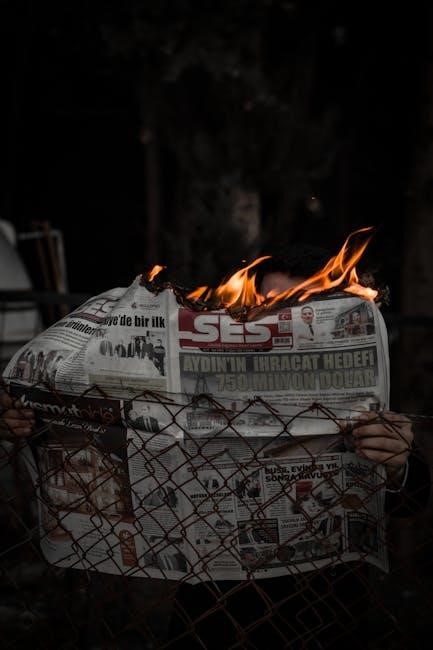
Step-by-Step Application Guide
Prepare the work surface, align the design on fabric, and apply heat using a heat press. Allow the paper to cool slightly before peeling it off slowly.
11.1 Preparing the Work Surface
Begin by cleaning and flattening the work surface to ensure even heat distribution. Cover it with a heat-resistant mat or parchment paper. Place the fabric on the surface, smoothing out wrinkles. Position the heat transfer paper with the design facing down on the fabric. Secure it gently with heat-resistant tape if needed. Ensure the work area is well-ventilated and free from flammable materials. Wear protective gloves and goggles for safety.
11.2 Aligning and Pressing the Design
Align the heat transfer paper with the fabric, ensuring the design is centered. Place a heat-resistant sheet on top to protect the paper. Set the heat press to 300°F (150°C) and 20-25 seconds of pressure. Gently press down, applying even force. Avoid moving the press during the cycle to prevent design smudging. Once done, allow the paper to cool slightly before peeling to ensure a clean transfer. Proper alignment and pressing are key for vibrant, long-lasting results.

11.3 Cooling and Inspecting the Transfer
After pressing, allow the paper to cool slightly before peeling. Inspect the transfer for any bubbles or peeling edges. If issues arise, re-cover with the heat-resistant sheet and press again at the same settings. Gently hand-check the design to ensure all areas are securely transferred. Proper cooling ensures vibrant colors and durability. Inspecting early helps catch and fix minor flaws, ensuring a professional finish and long-lasting results on the fabric.
3G Jet Opaque Heat Transfer Paper is a durable, versatile solution for transferring vibrant designs onto fabrics, ensuring long-lasting results when used with proper techniques and heat presses.
12.1 Summary of Key Points
3G Jet Opaque Heat Transfer Paper is a versatile tool for transferring vibrant designs onto fabrics. Key features include durability, excellent opacity, and color retention. Proper preparation, printing, and heat pressing techniques ensure optimal results. Using recommended materials and tools, such as heat presses and cutting machines, enhances the process. Following instructions carefully guarantees long-lasting transfers. Safety precautions and post-care tips maintain both the design and fabric quality for extended durability and professional finishes.
12.2 Final Tips for Successful Use
For optimal results with 3G Jet Opaque Heat Transfer Paper, always test printer and heat press settings. Use high-quality inks and tools to ensure vibrant, durable transfers. Follow care instructions to maintain design longevity. Avoid washing transferred items in hot water or drying them in direct sunlight. Proper storage and handling prevent damage. By adhering to these guidelines, you can achieve professional-quality transfers with ease and consistency, ensuring your designs remain sharp and colorful for years.
Additional Resources
Explore tutorials, guides, and manufacturer support for 3G Jet Opaque Heat Transfer Paper to enhance your crafting experience and troubleshoot common issues effectively.
13.1 Recommended Tutorials and Guides
Discover step-by-step tutorials and comprehensive guides for using 3G Jet Opaque Heat Transfer Paper. YouTube videos, PDF templates, and manufacturer instructions provide detailed insights into design transfer, troubleshooting, and care tips. These resources help users master the process, from printing to pressing, ensuring professional-quality results and minimizing errors. Explore these materials to enhance your crafting skills and achieve vibrant, long-lasting designs on various fabrics.
13.2 Manufacturer Instructions and Support
Refer to the manufacturer’s official guidelines for 3G Jet Opaque Heat Transfer Paper, which include detailed step-by-step instructions, troubleshooting tips, and maintenance advice. These resources ensure optimal performance and longevity of the product. Support materials, such as downloadable PDF guides and customer service assistance, are available to address specific queries and provide technical expertise, helping users achieve the best results with their heat transfer projects.

